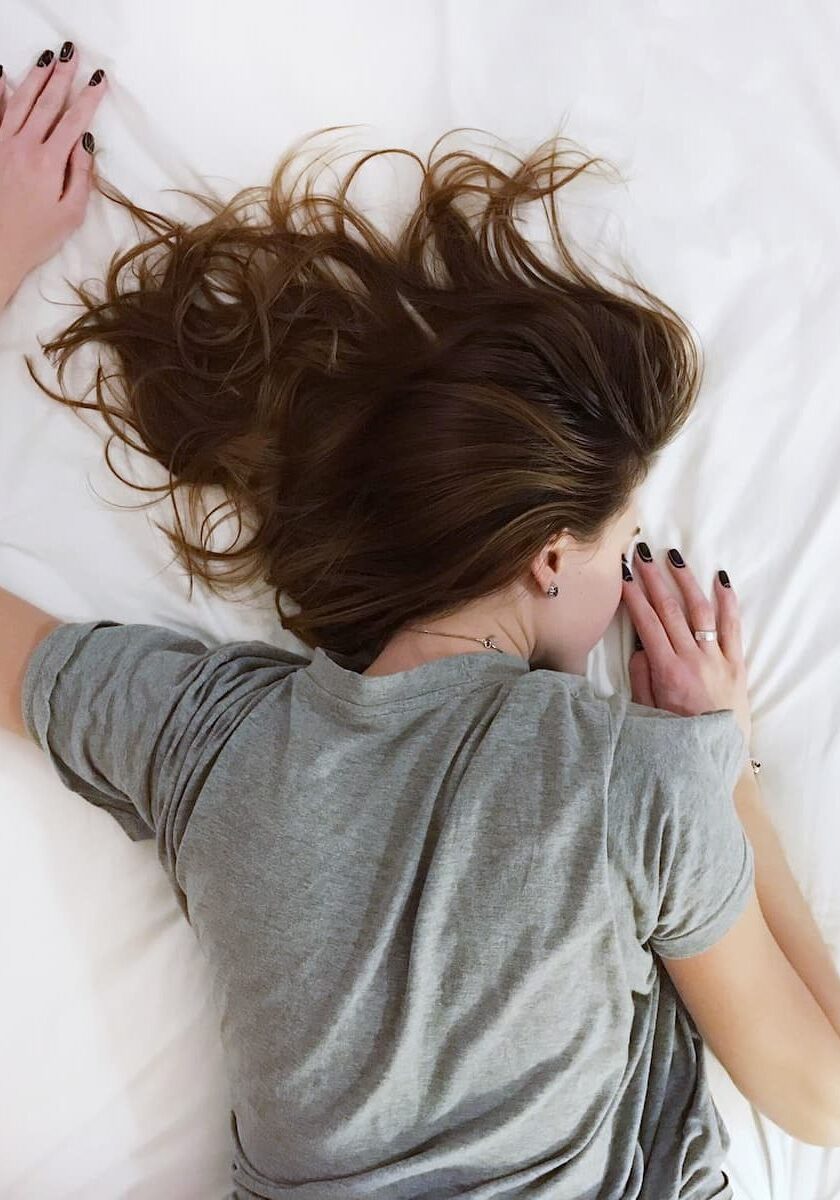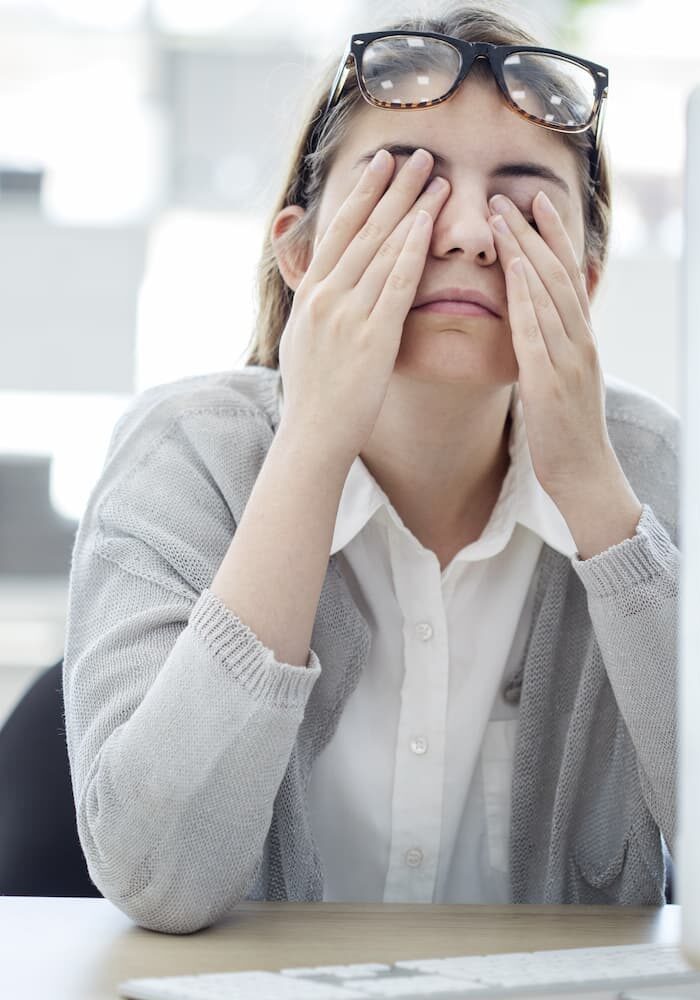
As a condition that occurs during sleep, some of the core symptoms of sleep apnoea are often spotted by a partner or loved one during the night. Some people may not realise this is happening at all. Any reporting of the above symptoms should be taken seriously, and you should seek medical help or advice with a sleep physician.
OSA is caused by the relaxation of the muscles in the back of your throat. While this happens during sleep for everyone, additional factors may result in this airway being too narrow or closing, resulting in choking, gasping, or snoring. One of the critical causes of OSA is being overweight, but slim individuals can get OSA too. Smoking, alcohol usage, and a thicker neck circumference can all contribute to OSA. Conditions such high blood pressure, heart attacks and strokes are caused or worsened if OSA is ignored and not treated.
